Philip Lowe, governor of the Reserve Bank of Australia (RBA), has advised Australians to have a mortgage payment buffer for when interest rates inevitably rise.
“Interest rates will go up. We need to be prepared for that, and people need to have buffers,” Lowe told the National Press Club on Wednesday in response to a question. “One of the things that I think will happen is interest rates will go up. I can’t tell you when, but they will go up.”
He noted positively that many households were already paying off more than they were required and that faster progress towards full employment and an improved economy means interest rates will rise sooner.
But Lowe was most surprised that markets were pricing several interest rate increases following the rates from the United States.
“Yet our inflation rate is half that of the U.S., and labour cost growth is half that in the U.S.,” he said. “That’s the thing that I’m kind of still surprised about.”
He said the RBA’s decision on Tuesday to end the bond purchase program did not mean an imminent increase in interest rates in Australia, despite it happening in other countries.
“This ... reflects their current circumstances, which are quite different from our own,” Lowe said.
While Australia’s inflation rate recently hit 3.5 percent, it is still far below the 7 percent in the United States, 5.4 percent in the United Kingdom, and 5.9 percent in New Zealand.
“These are important differences. Our lower rate of inflation and low wages growth are key reasons we don’t need to move in lockstep with others,” Lowe said.
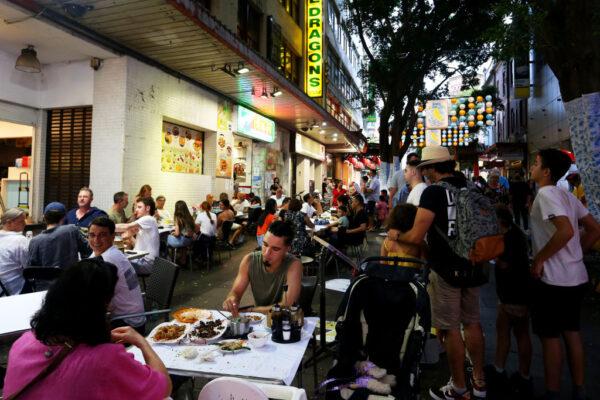
He also agreed with Prime Minister Scott Morrison’s recent prediction that an unemployment rate below 4 percent was “within sight” after falling to 4.2 percent in December.
“Our central forecast is for the unemployment rate to decline to around 3.75 percent by the end of this year and be sustained at around this rate during 2023,” Lowe said. “If this comes to pass, it would be a significant achievement.”
“Australia has not experienced unemployment rates this low in the past half-century—the last time we had the unemployment rate below 4 percent was in the early 1970s.”
Another discrepancy from the U.S. and the UK was the labour participation rate, which has risen in Australia. Underemployment has also fallen to its lowest rate in 13 years.
“In Australia, the share of working-age Australians with a job has never been higher than it is now,” Lowe said.
In response to a question about the current necessity of an expansionary monetary policy, Lowe said that right now, there was a unique opportunity to get people into jobs and have their incomes grow quickly.
“And we can do that without running an unacceptable risk of inflation. The board has made the judgment that there’s an appropriate trade-off,” he said.
However, there are a number of uncertainties that remain on both the demand and supply sides of inflation and wages growth.
The RBA is unclear on whether demand for goods will normalise as infection rates decline. They are also uncertain about how quickly the supply and distribution issues will be solved.
There are also questions around how wages will respond to the current labour market, which is experiencing a unique combination of record labour force participation, COVID-19 restrictions preventing many from working, and a gradual reopening of international borders.
“In addition, we have no contemporary experience as to how labour costs will evolve in a world where the national unemployment rate is below 4 percent,” Lowe said.
“The point here is that there are many unanswered questions. We are unlikely to know the answers quickly. There are many moving parts on both the demand side and the supply side of the economy and it will take time for these various issues to be resolved,” Lowe said.
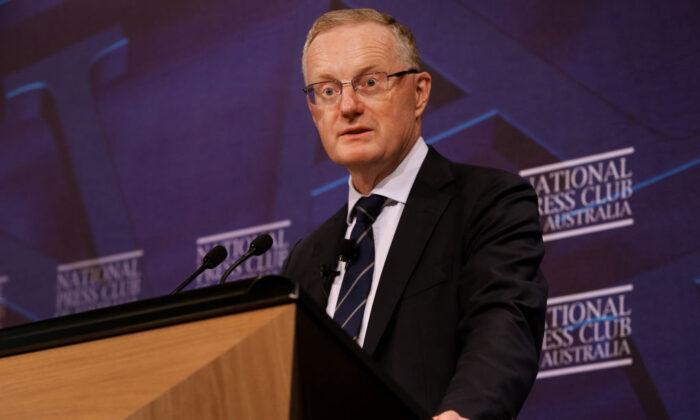

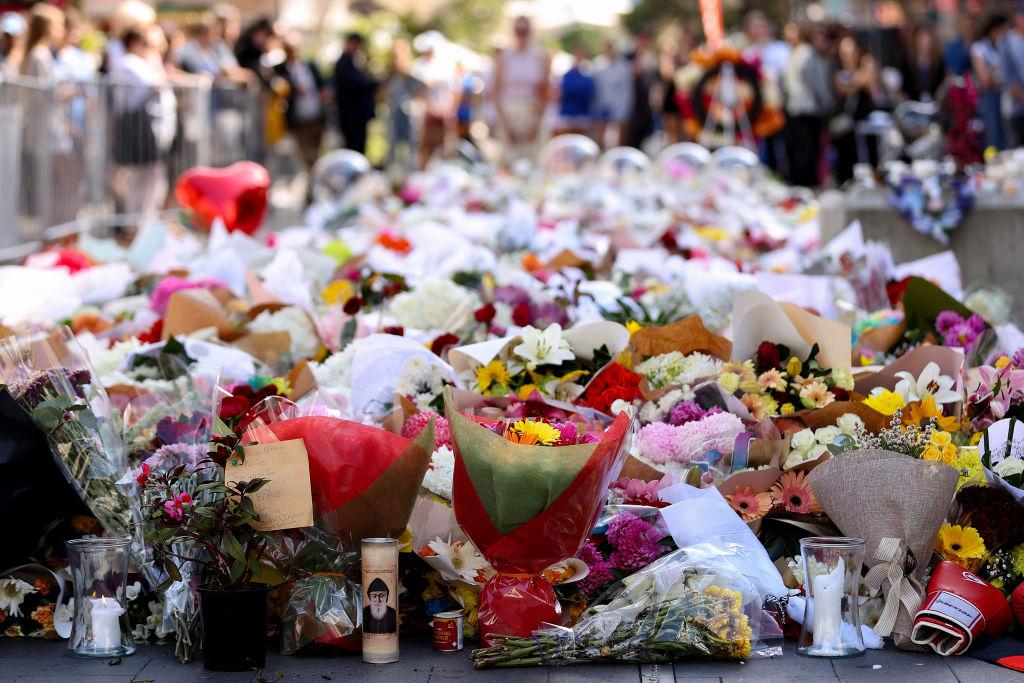
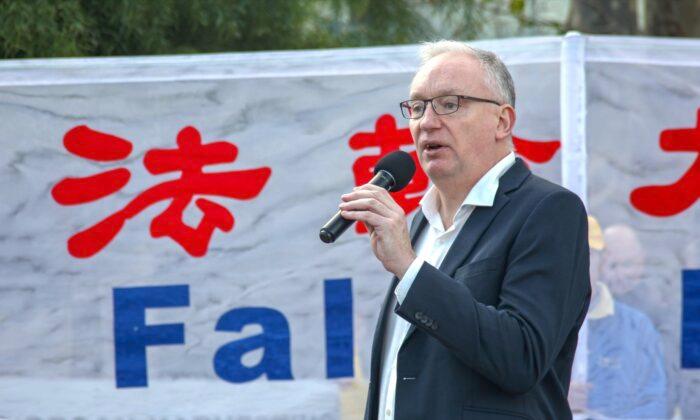

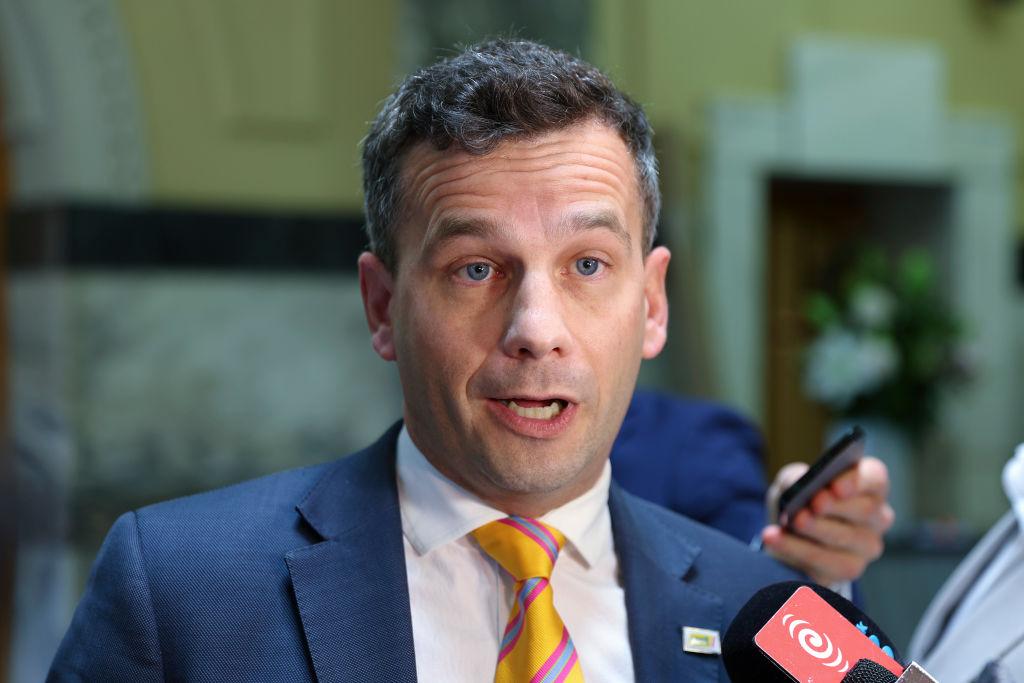
Friends Read Free